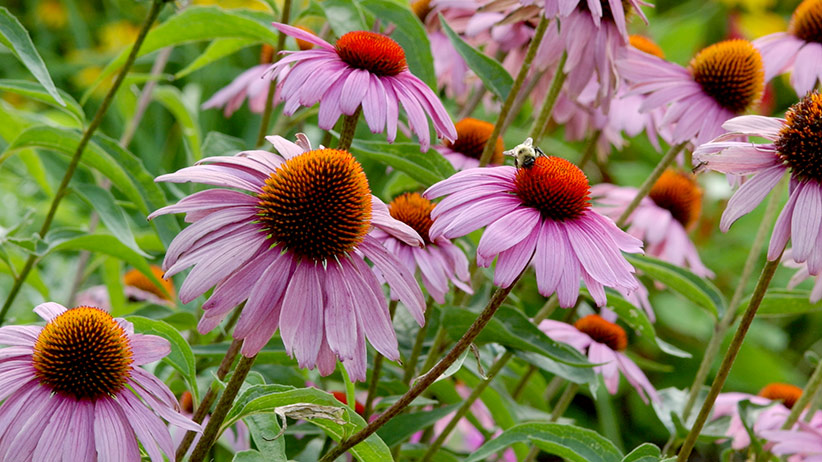Planting perennial seeds in fall
There are some perennial seeds that can be planted in the fall to sprout the following spring. Purple coneflower is just one example of a perennial seed that does well when sown in fall. In cold-winter areas, just plant seeds at the depth given on the package instructions, after a killing frost but before the ground freezes. Watch the video above to learn about five of our favorite perennial seeds to plant in fall!
Why sow seeds in the fall?
The goal for planting in fall is not to have your seeds germinate but to give them a period of stratification, or exposing them to cold and moist conditions. The alternating freeze and thaw of winter helps break down the seed coat and starts the growing process. Not all perennials do well with this technique, though. Check the list below for seeds you can sow in fall.
You Might Also Like:
How to Collect Seeds From Your Garden
How to Prechill/Stratify Your Seeds
How to Sow Seeds in Milk Jugs Outdoors in Winter

Perennial seeds that prefer to be planted in fall
- Anise hyssop (Agastache foeniculum)
- Black-eyed Susan (Rudbeckia fulgida)
- Columbine (Aquilegia spp. and hybrids)
- Coneflower (Echinacea spp. and hybrids)
- Delphinium (Delphinium elatum)
- Lupine (Lupinus spp. and hybrids)
- Oriental poppy (Papaver orientale)
- Penstemon (Penstemon spp. and hybrids)
- Perennial geranium (Geranium spp. and hybrids)
- Perennial sunflower (Helianthus spp. and hybrids)
- Pincushion flower (Scabiosa spp. and hybrids)
- Prairie coneflower (Ratibida spp.)
- Rattlesnake master (Eryngium yuccifolium)
- Wild columbine (Aquilegia canadensis)















